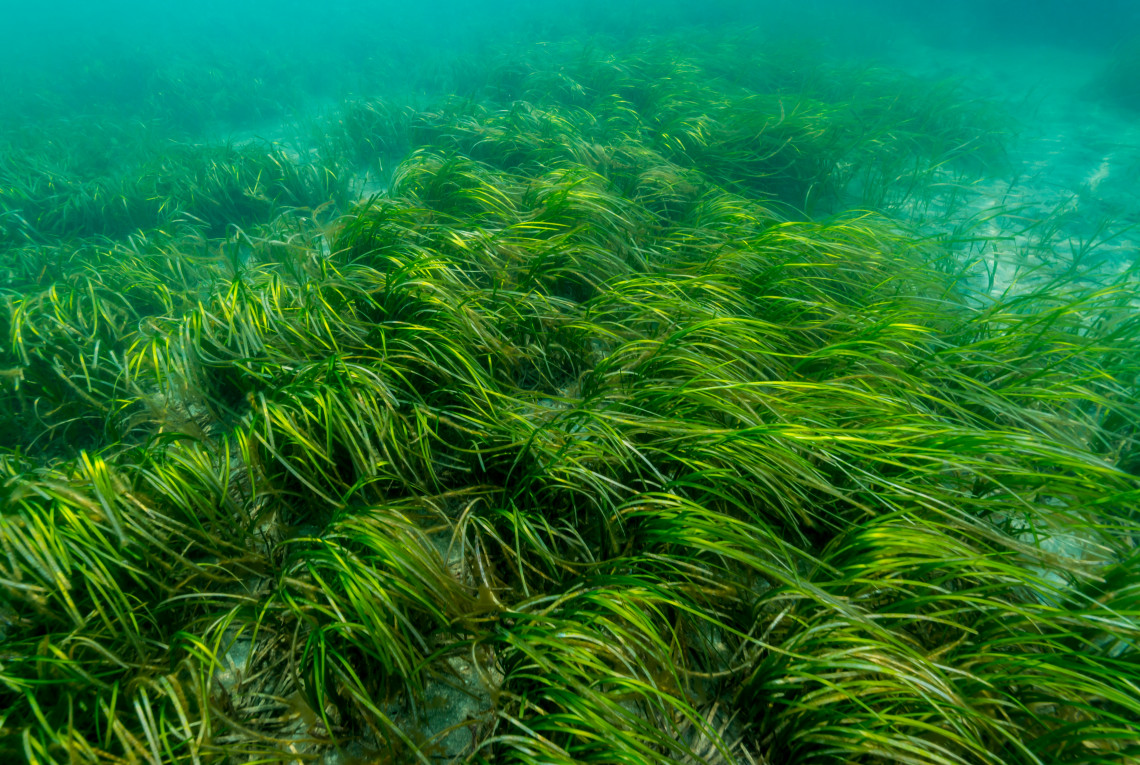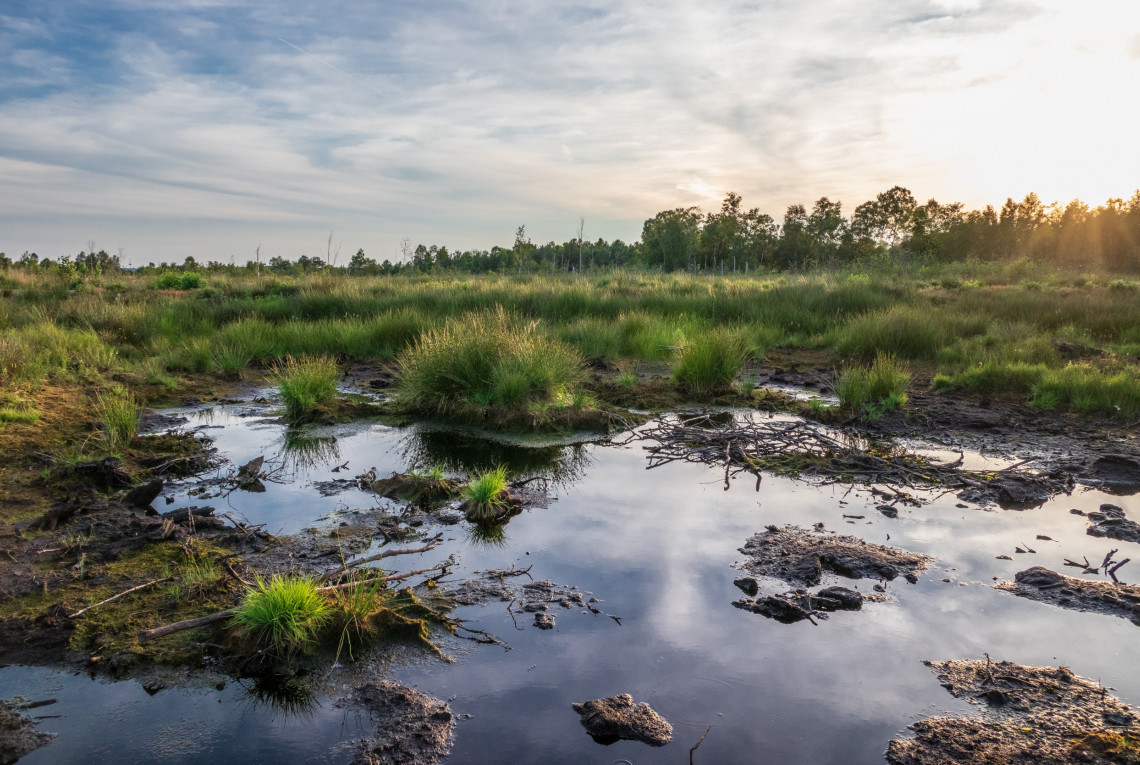How do mangroves store CO2?
Mangroves are trees that grow on coasts where the water is warm and salty. They form forests in the upper intertidal zone, mainly in the tropics. The mangrove forest ecosystem includes various species of plants that are adapted to contact with salt water from the ocean and from estuaries: trees, shrubs, palms and ferns. The animals and microbes that live in the mangrove forest are also part of this ecosystem. Both marine and terrestrial life forms come together in this environment, the former below and the latter above. Mangroves provide a nursery for fish and other marine animals.
Mangrove trees extract CO2 from the air and use it to produce oxygen (O2) and carbon (C) through photosynthesis. They incorporate the carbon into their leaves and branches. The coastal forests are inundated regularly by the tides, which bring carbon into the forests in the form of organic material from the remains of plants, animals and other organisms. Depending on environmental conditions, mangroves can store this carbon in sediments for decades, centuries or even millennia. This is because the decomposition of the organic material, which releases CO2, proceeds very slowly in the salty and oxygen-poor sediment.
This means mangrove forests are among the natural habitats that help to mitigate the effects of climate change by binding large amounts of CO2 in their wood and sediment over long periods. To express it in technical jargon, they produce “negative emissions.”

How exactly do mangrove forests gather and store CO2?
Various processes are at work simultaneously:
- Plants convert CO2 into biomass: leaves, branches, wood and roots. When the leaves fall, crabs drag them into their burrows.
- Water from rivers and the ocean also carries organic material into the forests. The mangrove roots slow down the water, so more of the carbon-rich material is left behind.
- It settles to the bottom and is covered by fine-grained sediments. Since it is underwater and contains almost no oxygen, the decay processes that would release CO2 slow down.
- As a result, mangrove sediment can store organic carbon for long periods.
Scientists estimate that the sediments under mangroves contain an average of three to five times as much carbon as the soils in tropical rain forests. The total amount of carbon thought to lie under coastal forests worldwide is between 4 and 20 billion tons. Depending on the environmental conditions, these carbon sinks grow more quickly in some forests and more slowly in others. Logging and other destruction of mangrove forests releases the carbon back into the atmosphere as CO2. The sediment can then be stirred up since it is no longer held in place by the mangrove roots. The organic material in the sediment then decomposes because it is exposed to oxygen and microbes.
Leibniz-Zentrum für Marine Tropenforschung (ZMT)
Why are mangrove forests threatened?
Threats to mangroves include:
- Draining the forests to win land for construction
- Conversion to aquaculture ponds, rice fields, and soy or palm oil plantations
- Contamination by aquaculture chemicals
- Pollution from trash and fossil fuel extraction
- Logging for construction material and fuel
The area occupied by these ecosystems is getting smaller and smaller. Some countries are trying to counteract this trend by planting new mangrove forests, but these efforts are insufficient and often unsuccessful. Preserving this unique and valuable habitat worldwide calls for greater action, stronger protection and better-planned reforestation activities.
Scientific editing: Martin Zimmer, Leibniz Centre for Tropical Marine Research (ZMT)






